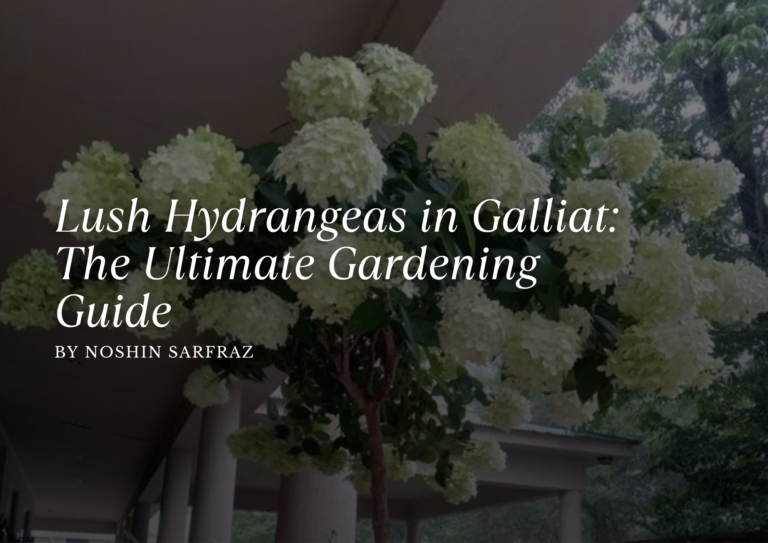By Noshin Sarfraz
President of Armature Gardening Club,
Coordinator, Lahore Gymkhana Gardening Club
Hydrangeas come in various types. The Mophead hydrangea for example, has a round, ball-like shape. Then there are the Lacecap hydrangeas, while the new cone-shaped variety is called Paniculata hydrangeas.
To plant hydrangeas in Galliat, they must be placed in partial shade to full sun, receiving morning sunlight and afternoon shade. They do very well in large pots, such as 18-20 inch terracotta pots, that can be easily moved. Other points to keep in mind are:
- The soil mix should consist of six parts leaf mold or acidic pine needle compost from under trees, very well-decomposed old termite-treated manure, and one part sand.
- When planting in the ground, create a hole measuring two feet deep and two feet wide. Incorporate the aforementioned soil ingredients and water thoroughly. Wait a day or two before transplanting the rooted hydrangea, and then water it generously.
- Hydrangea plants are heavy drinkers but try not to wet their foliage; only water at the base. This reduces the chance of fungal infestation and powdery mildew. Water the plants only early in the morning.
- Hydrangeas prefer moist and loamy soil.
- The colors of hydrangea flowers reflect the soil’s chemistry. Blue flowers indicate acidic soil with a pH of 5 to 5.5. Pink flowers indicate alkaline soil with a pH of 6 to 6.5. White varieties, like the Annabelle hydrangea, remain the same regardless of soil pH.
- Once small buds form, feed with a water-soluble potash-based fertilizer every week. Use a tablespoon of fertilizer in a liter of water.
- Using a teaspoon of baking soda dissolved in a liter of water and applied to the soil base enhances flower quality and prevents fungal infestations.
- Adding crushed eggshells provides calcium to the soil and improves blooms.
- Monthly application of a tablespoon of Epsom salt (magnesium sulfate) dissolved in 2 liters of water during the active growing period helps fortify stems and foliage.
- If the soil is alkaline, applying a mixture of a cup of white vinegar in 4 liters of water around the plant every 2 months during the active growing season of a mature plant can be beneficial.
- Adding alum to the soil once buds form, helps acidify the soil and improves flowering.
- Pruning should be done according to the area’s climate. In cooler and more snow-affected areas like Nathiagalli, Khairagali, and Changlagalli, do not prune plants, letting them be as they are during high winter and snow. Only add mulch, such as decomposed pine needles, to cover the root zone in snow. Once the snow starts melting in early spring, lightly prune and shape the plants, feed the base with good compost, and apply a slow-release NPK fertilizer in the soil, and water well. This will jumpstart the plant in spring. Once active growth is established, start a 10-day routine of feeding with 50% water-soluble potash dissolved in water. Once buds form, add alum to the soil base.
- When pruning, remove all damaged and dead stems to activate fresh growth.
Hydrangeas are excellent as cut flowers despite their smaller stems. Their large blooms provide a striking focal point in any arrangement. They dry beautifully and can last up to two years when preserved in a water and glycerine solution, which maintains their suppleness and color.



